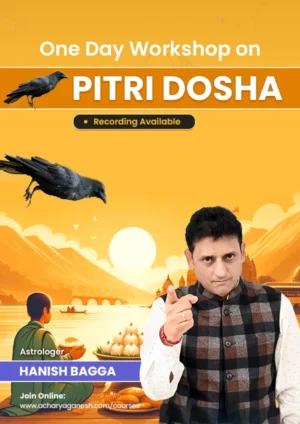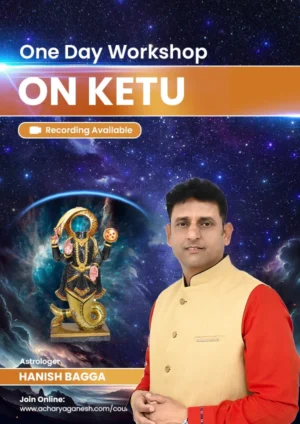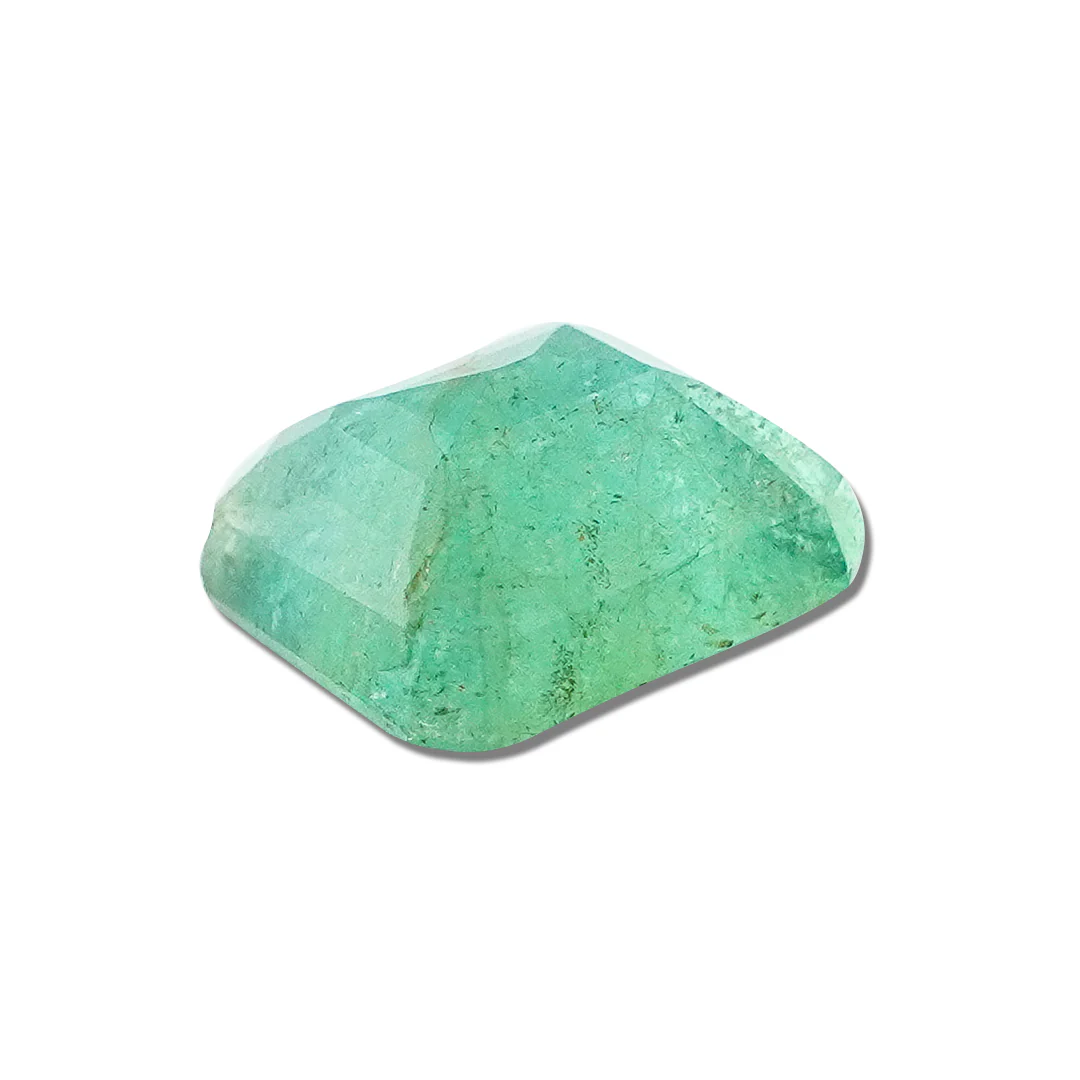Introduction to Ratha Sapthami:
The Hindu festival known as Ratha Sapthami, also known as Magha Saptami, is observed on the seventh day, or Saptami, of the bright half, or Shukla Paksha, of Maagha month i.e Feb 4 2025. It is the seventh day after the sun moves northward (Uttarayana) at the vernal equinox, beginning in Capricorn (Makara).
The Sun God Surya symbolizes it by turning his Ratha (chariot), pulled by seven horses, each of which represents a different hue, in a north-easterly direction towards the northern hemisphere. Celebrated as Surya Jayanti, the birthday of the Sun God, it also commemorates the birth of Surya. Ratha Saptami marks the arrival of spring and the beginning of the harvest season.
For Dan-Punya purposes, Ratha Saptami is a very auspicious day, regarded as auspicious as Surya Grahan. All kinds of sins can be eliminated by worshiping Lord Surya and keeping a fast on this day. It is claimed that worshiping Lord Surya on this day purges seven types of sins—knowingly, unintentionally, through words, body, and mind—in this birth and past births.
Why is Ratha Saptami important?
On the day of Ratha Saptami in 2025, Lord Surya travels in his chariot to the Northern Hemisphere. It signifies the start of summer and a shift in the weather patterns throughout southern India. For farmers, it also marks the start of the harvest season. It is extremely auspicious to carry out any kind of Daan-Punya (charities and donations) during the Ratha Saptami festival. It is said that devotees who give donations on the eve of this occasion are granted longevity, prosperity, and good health in addition to purging themselves of their sins.
Relevance of Adoring Suryanarayana in Scripture
Because Surya is known as “Aarogya and Aishwarya Datha” (the giver of wealth and health), many people adore him. Early in the morning, as the first rays of sunlight appear, people worship Surya. Offer praise to the Sun God by using red flowers, camphor, incense, and lamps.
It is both thought and demonstrated that exposure to new sunlight cleanses the body and mind and renews vitality. Due to this, a lot of Hindus perform surya namaskar—12 postures in which they bow to Surya—early in the morning, when the sun is still shining. Additionally, science suggests that exposure to the sun in the early morning has numerous health benefits.
Both modern science and ancient astrology place a high value on the sun. It is believed that the sun is the source of life for both plants and animals. This is the day to recite the Surya Purana. Arun, the paralyzed charioteer of the sun. From birth, the children that are paralyzed and mute, Lord Surya uses his light to eliminate these flaws of childrens. The Hindu Vedas and several ancient myths from around the world, including those from China, Egypt, and Mesopotamia, both emphasize the value of worshiping the Sun God.
Ratha Saptami’s significance:
For Hindus, celebrating this day is extremely auspicious and bestows the same benefits as participating in Daan-Punya rituals on Surya Grahan. Hindus worship the Sun God, who is known as the God of Health and is believed to bring longevity and good health.
Ratha Saptami also represents the Sun God’s chariot journey into the northern hemisphere. This day marks the start of summer and the beginning of rising temperatures, mostly in India’s southern states. Ratha Saptami also marks the start of the harvest season; therefore, for Indian farmers, it represents a positive start to the year.
Stories related to Ratha Saptami:
Legend of Yashovarma
Yashovarma, a legendary ruler of the Kamboja kingdom who ruled without an heir , tells the story. His son was born to him on a particular petition to God. The king’s son was very ill; therefore, his vow did not end here. A saint who visited the monarch recommended that his son reverently worship Ratha Saptami and Surya Saptami in order to atone for his previous sins. Following this action, the king’s son’s health improved, and he became an effective ruler of his realm.
Legend: Bhishmashtami and Sage Vyasa
Following the Kurukshetra War, Bhishma Pithamaha was lying on Arjuna’s bed of arrows when the Pandavas, Lord Krishna, and Sage Vyasa went to see him. Bhishma stated his misery that his consciousness was not clear and was unable to bear the suffering caused by his guilt of not preventing Draupathi’s disrobing in the open Durbar of King Dhritarashtra .
Sage Vyasa clothed his body with Arka leaves and comforted him by explaining how the leaf might wash away his sins. Bhishma felt relieved and was able to enter a deep state of meditation on the day of Ratha Sapthami. In the presence of Lord Krishna, he performed the well-known Vishnu Sahastra Nama.He used his blessing to leave his body whenever he pleased and departed this planet on Ashtami [eight day] the next day.
This day is referred to as Bhishmashtami. Yudhistra was concerned when Bhishma passed away because he was single and had no heir to perform his final ceremonies.Then, on Bhishma Ashtami, Sage Vyasa commanded that everyone in the nation pray for him to perform Arghyam for Bhishma. Thus, Ratha Sapthami became linked with Bhishma Pithamaha.
For interesting astrology related videos, subscribe us on Youtube
Ratha Saptami rituals include the following:
1. Devotees take a sacred bath on this day, before sunrise. It is vital to conduct the Ratha Saptami Snan during ‘Arunodaya’, as it is a daily ritual. It is thought that having a holy bath at this time will grant good health and release a person from all maladies. ‘Arogya Saptami’ is another common name for Ratha Saptami because of this. Devotees in Tamil Nadu use Erukku leaves to make this sacred bath.
2. The arghya dan offering, which is offered to the Sun God after the devotees take their bath in the early morning, is another such custom. ‘Arghyadan’ is the offering of water to Surya Bhagwan aesthetically by holding a little kalash in Namaskar Mudra standing in front of Surya Bhagwan This the people execute twelve times and with it reciting the twelve different names of Surya Bhagwan.
3. Devotees offer red flowers, kapoor, dhoop to the Sun God and lights a Ghee Deepak. Some of the beliefs they hold are; whoever does all these to the Sun God will be favored by prosperity, longevity and good health..
4. As a greeting gesture on the day of Ratha Saptami, ladies in many houses sketch the Surya God and the chariot. They craft beautiful rangoli to place in front of their homes. Milk is placed in mud pots and boiled in the courtyard with the sun facing it. The sweet rice, or “Paramannam” bhog, is then prepared with this milk and offered to the Sun God.
5. On this day, it is considered extremely auspicious to chant the Gayatri Mantra and recite Surya Sahasranaam, Aditya Hrudayam, or Suryashtakam.
6. On this day, people in South India draw Kolam, a representation of the Ratha Saptami, using coloured rice flour to represent a chariot and seven horses. In the center of this picture, a cake made of cow dung is also burned, and milk that has been boiled over fire is offered to the god. Ratha Saptami is one of the major festivals of the year in a few of the major Vaishnavite temples, including Tirumala, Srirangam, Srirangapatna, and Melukote.On this day, the ratha yatra of Veera Venkatesha at Sri Venkatramana Temple in Mangalore takes place, which is also known as Kodial Teru or Mangalore Rathotsava.
The Advantages of Ratha Saptami Puja Performance
The tales state that devotees might purge themselves of past and present misdeeds and move one step closer to achieving salvation (Moksha) by worshiping Lord Surya on the eve of Ratha Saptami. Hindus believe that Lord Surya bestows long life and good health and that those who worship and pray to the god on this auspicious day will have their wishes answered.
Know more about astrology: acharyaganesh.com






























